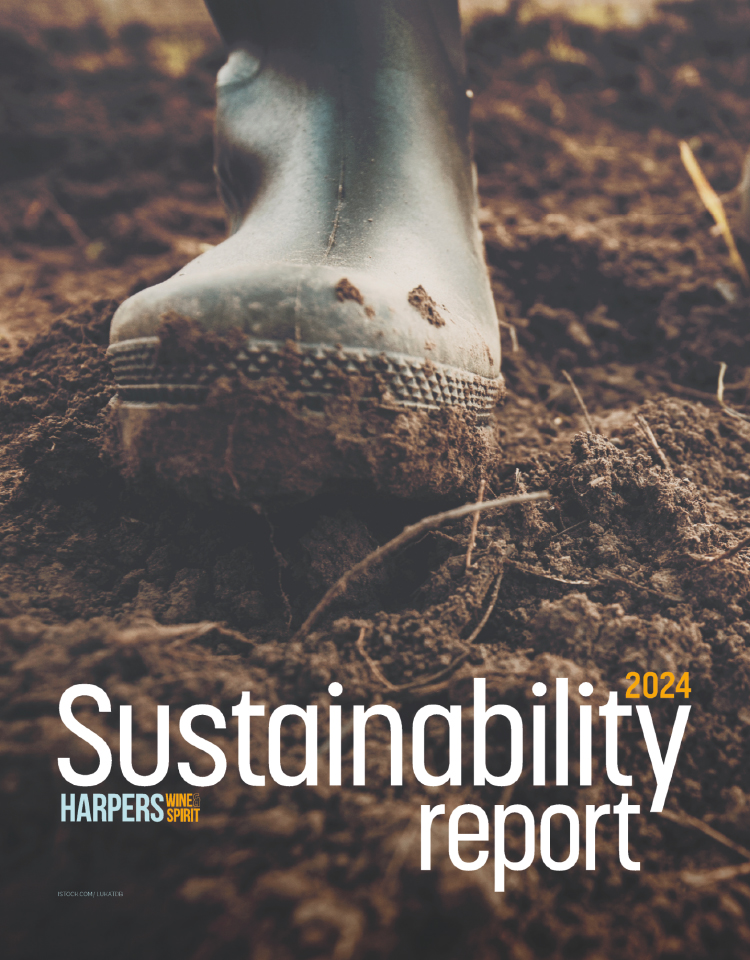
LWF: Champagne and Burgundy register rare pink Chardonnay Rose variety
Chardonnay Rose, a rare pink grape variety which authorities in France hope could show resistance to global warming, climate change and vine diseases, has been officially registered in France’s national catalogue of wine varieties, Harpers can reveal.
Chardonnay Rose, which is currently not permitted in the cahier des charges production rules of the Champagne and Burgundy appellations, is a natural genetic mutation of Chardonnay and is found in Champagne and in Burgundy.
Having registered Chardonnay Rose with its counterparts in Burgundy, the Champagne committee is now seeking authorisation from France’s National Institute for Origin and Quality, the INAO, to carry out analytical tests on the grape variety.
“We have registered Chardonnay Rose in the national catalogue of grape varieties to protect this variety, which is found in small quantities in Champagne and Burgundy,” Thibault Le Mailloux, communications director of the Champagne Committee, told Harpers.
“Chardonnay Rose is not currently authorised in the cahier des charges, but we want to experiment with this grape variety and we have asked for authorisation from the INAO to do so,” said Le Mailloux.
“There are only a few vines of Chardonnay Rose, but we want to assess its resistance to global warming, climate change and to vine diseases,” he added.
As part of investment in sustainability and research and development, the Champagne committee is hoping to be able to use four or five new climate and disease resistant grape varieties, over the next 25 years, in the production of Champagne.
Meanwhile, Le Mailloux said the Champagne Committee’s strategy in the UK and global sparkling wines market was to focus efforts on obtaining value from quality production of Champagne.
Le Mailloux said that the future of Champagne lied in its value of its quality production rather than volumes. He said that with global growth of sparkling wine production, any enlarged area of the Champagne production area in the future, would not necessarily lead to a greater production share in the global sparkling wine market.
“With growth in production in places like India and China, its not about volumes, its about obtaining value from production,” said Le Mailloux.
He said he was not concerned by the growth of English and Welsh wine and other sparkling wines outside of France.
“We are very confident about growth in value of Champagne,” he said.
With growing demand for bubbles from wine consumers globally there was room for everyone in the market, he added.
Le Mailloux said, however, that Champagne was repositioning itself in the UK, with a focus on vintage, rosé and prestige cuvee Champagnes.
Champagne sales in Britain fell 11% in volume to 27.8 million bottles and by 5.7% in value to €415.2 million in 2017, according to The Champagne Committee.
A total of 2.8 million fewer bottles were sold in the UK supermarkets, but there had been growth in value from e-commerce and from independent wine shops, said Le Mailloux.
“The end of promotional campaigns in supermarkets is actually a good thing because Champagne is repositioning itself in the higher end, and returning back to the place from which we should not have left,” he said







